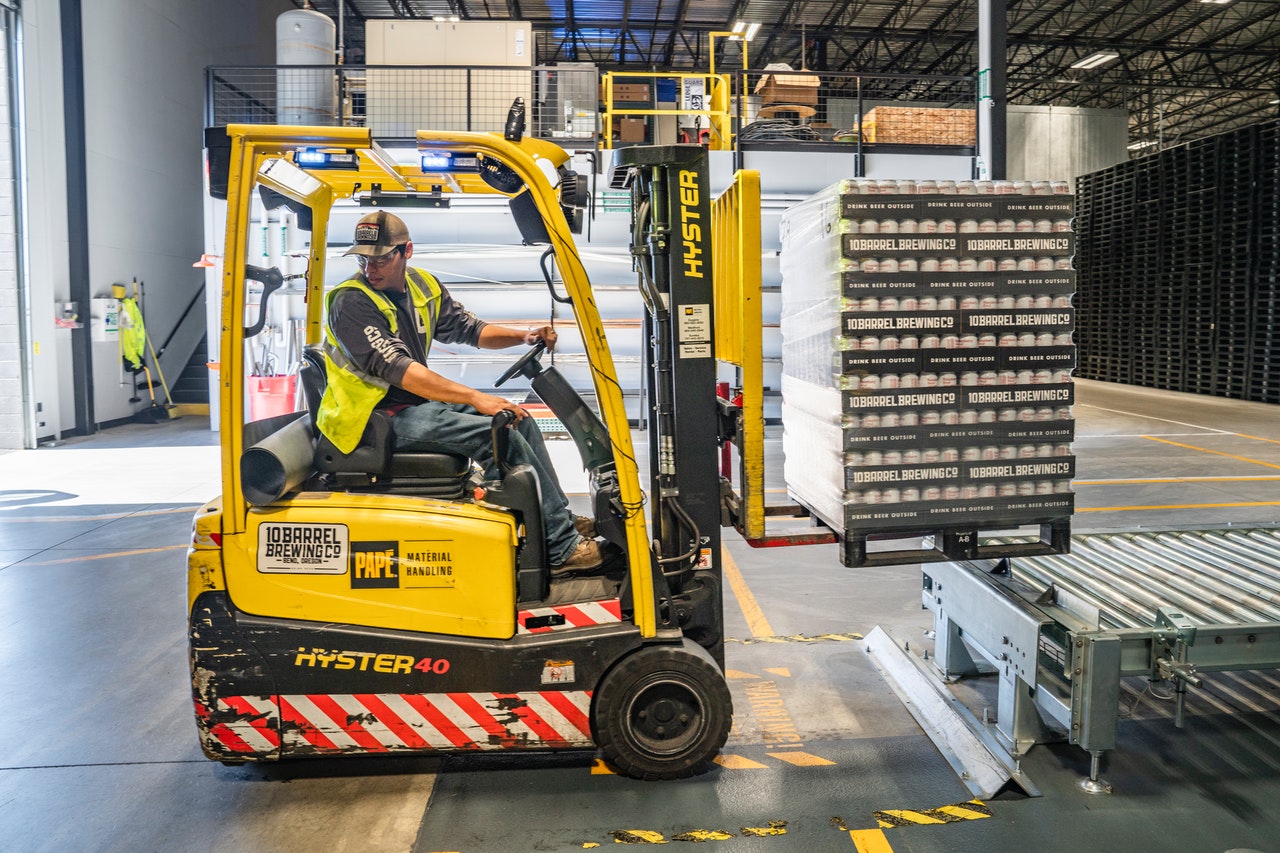Cross-docking is referred to as a logistical strategy in which the products are unloaded from an inbound source like a railcar, truck, etc., and then instantly transported to an outbound transportation. Basically, in this, there is minimal storage time. This is a great way to reduce the cost and offer a faster solution to the clients. In this guide, we will help you to understand what exactly is cross-docking warehousing and everything associated with it.
Cross Docking – An Overview
Before you go out looking for cross-docking services just because it saves costs, it is important for you to understand everything associated with this concept. In this procedure of warehousing, the products directly go from manufacturers or suppliers to retail chains or customers.
This means that virtually, there will be no time for storage and minimum handling. The entire process of cross-docking occurs at a place known as distribution docking terminal. It generally includes trucks as well as doors without minimal storage space.
The Use of Cross Docking Solutions
Cross-docking solutions are not ideal for every warehouse needs. In order to identify whether or not it is the right solution for your business, you need to assess the benefits it provides. There are various situations where choosing a cross-docking solution proves to be perfect.
For example, when you are transporting items that are temperature controlled, you need to make sure they get to the location as soon as possible. Additionally, when you are transporting products that have already been packed and ready to be delivered to customers, you need faster transportation.
Following are some of the main reasons why companies choose cross-docking solutions:
- To reduce The Transportation Costs
In cross-docking, there is a significant reduction in the costs associated with transportation. When processes are consolidated, you need less amount of transportation.
- Segregating the Product Load
This system allows companies to divide bigger loads of the product. This is done to make sure that the delivery process becomes easier and is more beneficial for the customers. This entire process is known as deconsolidation arrangements.
- Establishing a Central System
The cross-docking solution creates a centralised system. From this system or terminal, the products travel to their assigned location in a fast and productive manner.
What are the Benefits of Cross-Docking Solutions?
Following are the prominent benefits of cross-docking solutions –
Less Chances of Damage
No business wants to receive customer complaints regarding broken or damaged products. And when something like this happens, it is mostly due to miss handling in the shipping process.
To save costs, many companies leverage less than load shipments. This is why products go through different shipping facilities prior to arriving at the last location. Using cross-docking solutions, you can make sure that the products go through minimum stops before reaching the final destination. This significantly reduces the probabilities of damage.
Time and Cost-Efficient
This is one of the most apparent benefits of using cross-dock solutions. When the products are shipped directly from the manufacturer or supplier and delivered to the retailer or customers, the products are delivered faster than usual. Moreover, the reduced size for the facility helps you to reduce the cost and footprint associated with this process. This also means that you get to save money on inventory storage
More Hassle-Free
There will be considerable reductions in handling the materials. This means the process is going to involves merely loading and unloading. Therefore, you do not have to juggle between pick-up and put-away activities. Considering that there is less handling, businesses save on labour cost.
The Difference Between Cross Dock and Standard Warehouse Facility
There are a couple of important factors that differentiate cross dock from conventional warehouse facility. The main difference is the size. The facility size of the cross-dock is way less in comparison to the conventional warehouse.
Moreover, in a conventional warehouse, you will need to take the assistance of the distributor to get the stock and transport it to retailers of customers. Cross-docking services, on the other hand, do not need a distributor. This is because this process does not have a large stock in transit. In this stock are streamlined and moved forward via a docking terminal.
In a conventional warehouse, products go through different stages; therefore, there is a lot of handling. Cross-docking, on the other hand, provides minimum product handling. The process is extremely streamlined, and leverage and can be set up right away.
In cross-docking products, move way faster through the warehouse. In a traditional warehouse, products can be left for a longer time period. This is because cross-docking is used for products that are ready to be used by customers. This decreases the shipment time, especially with the assistance of the right logistics service provider who helps you minimize the wastage of time.
